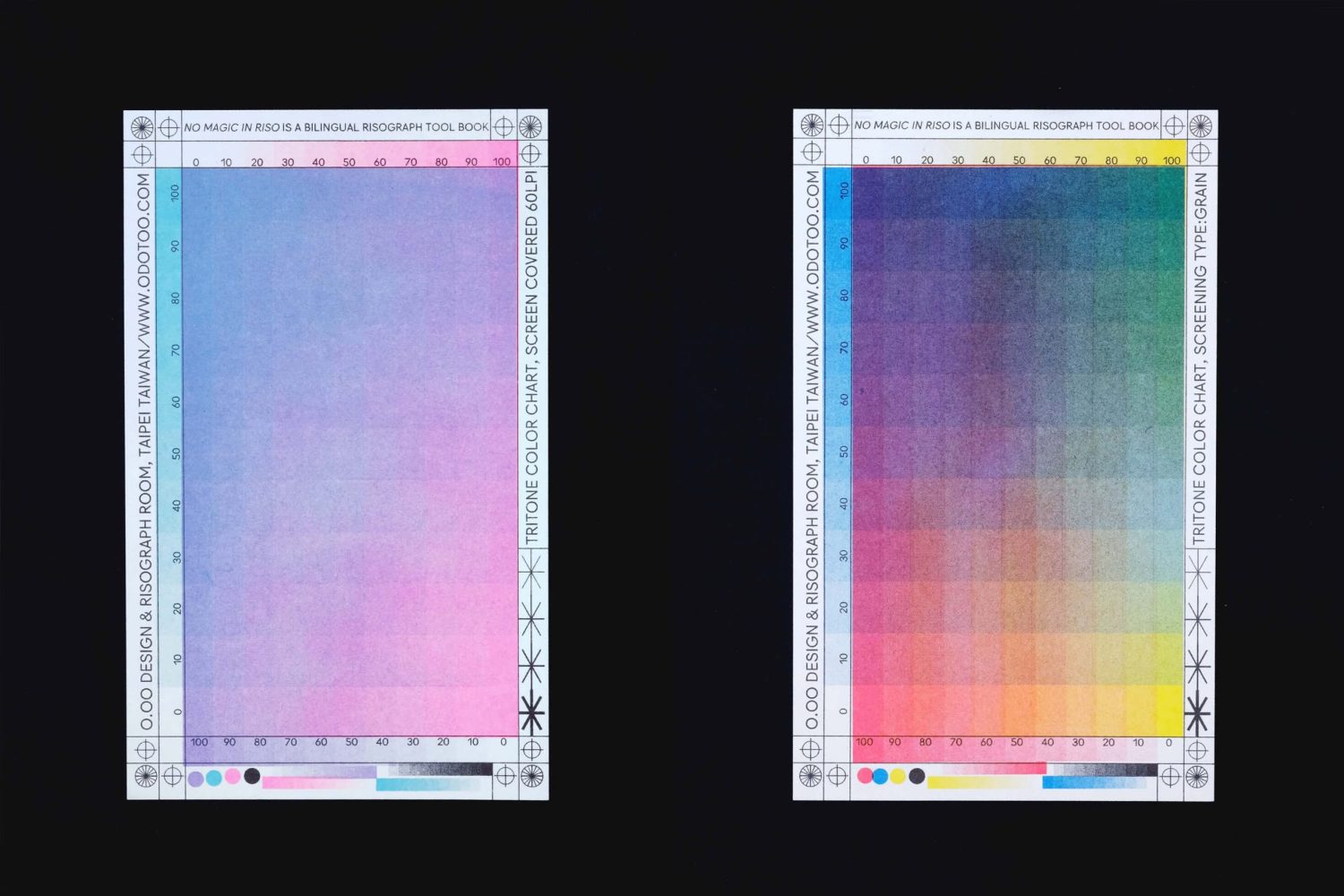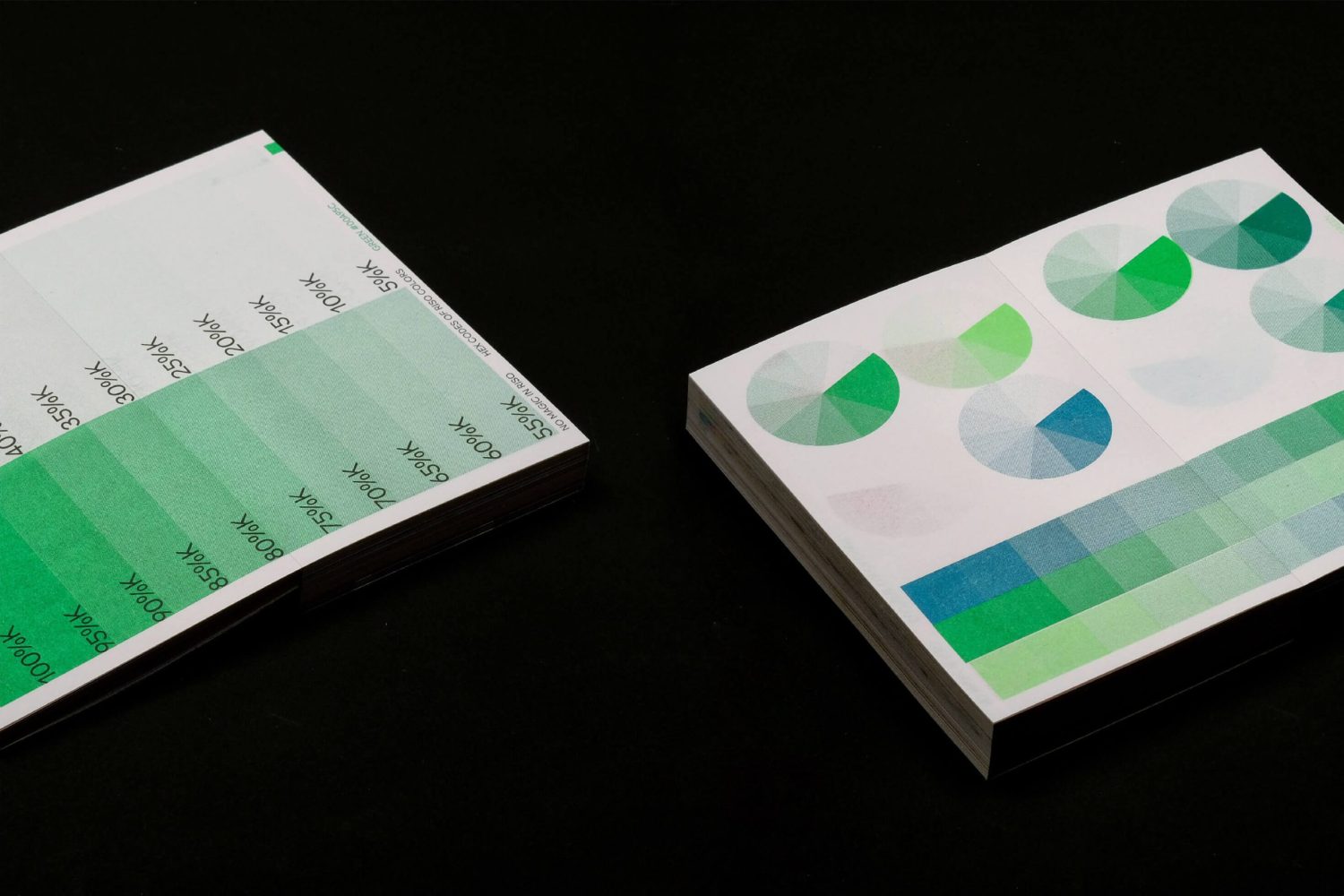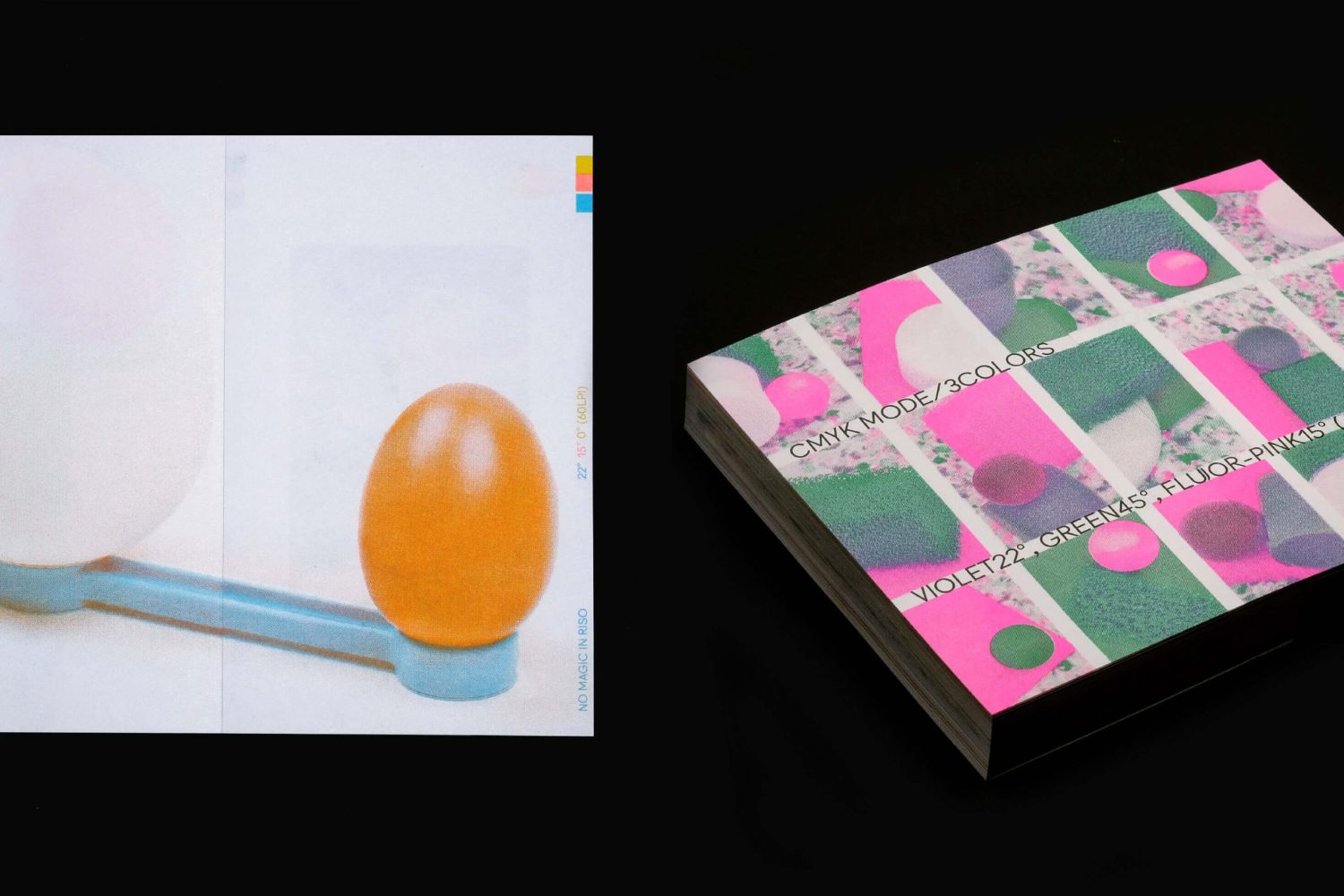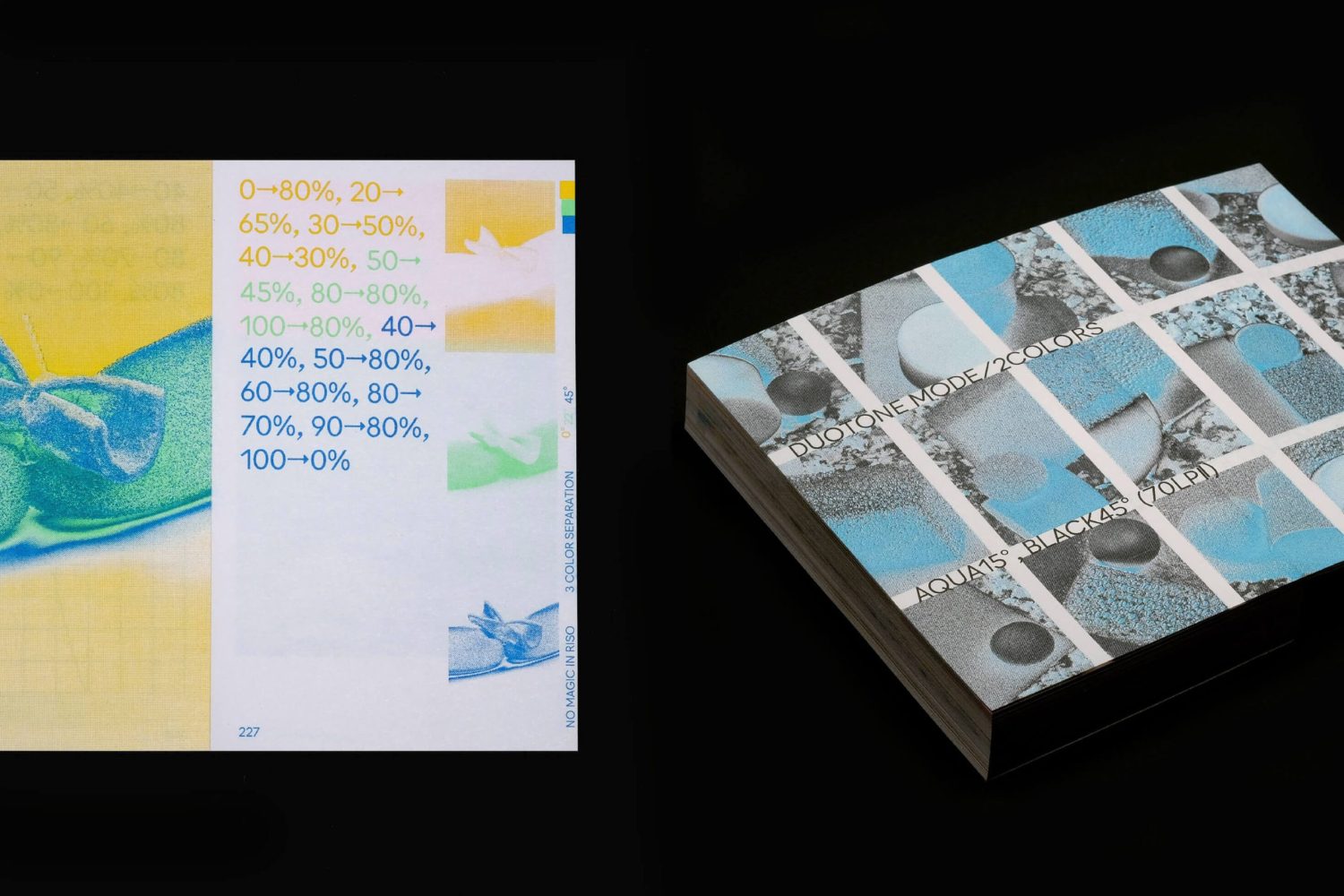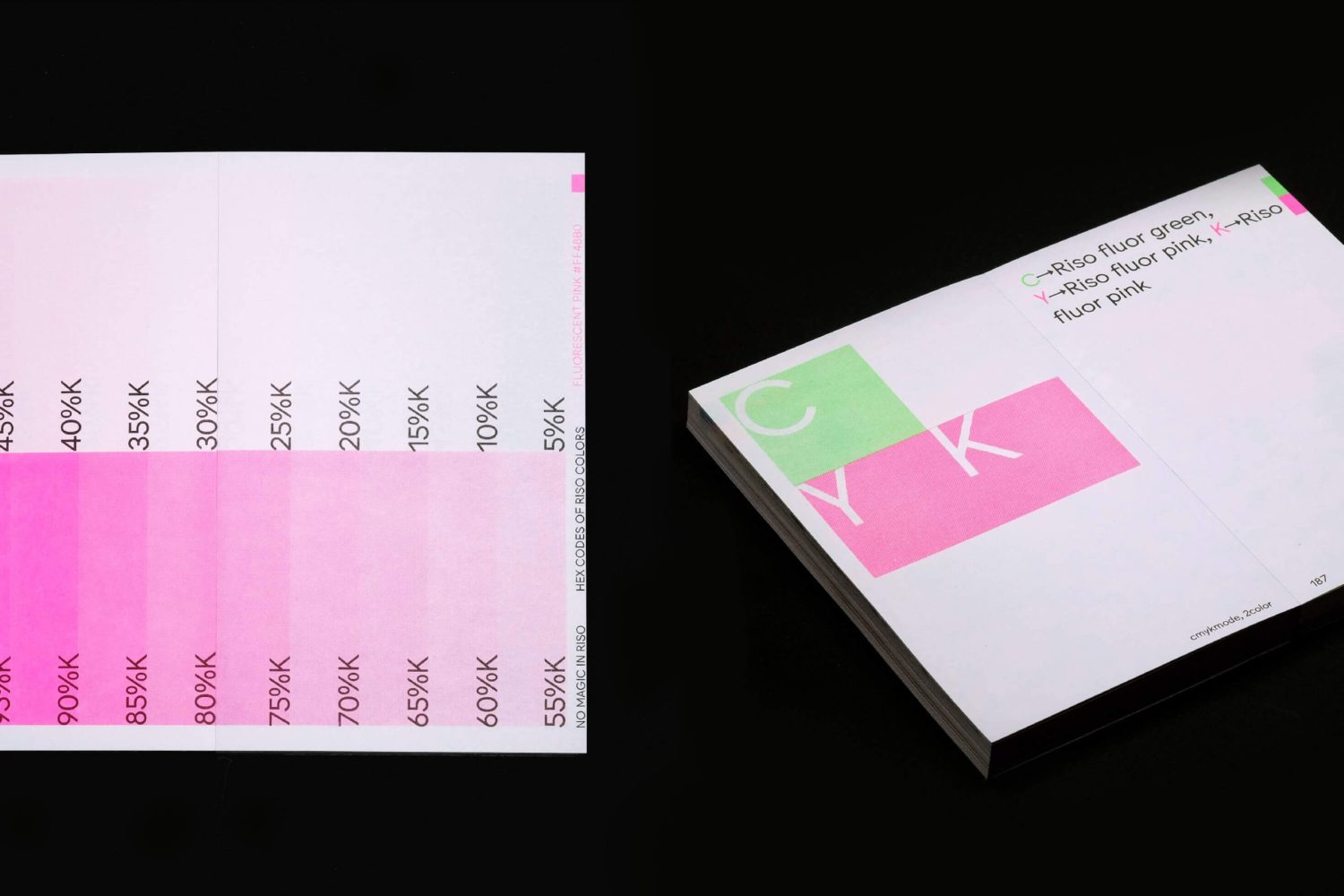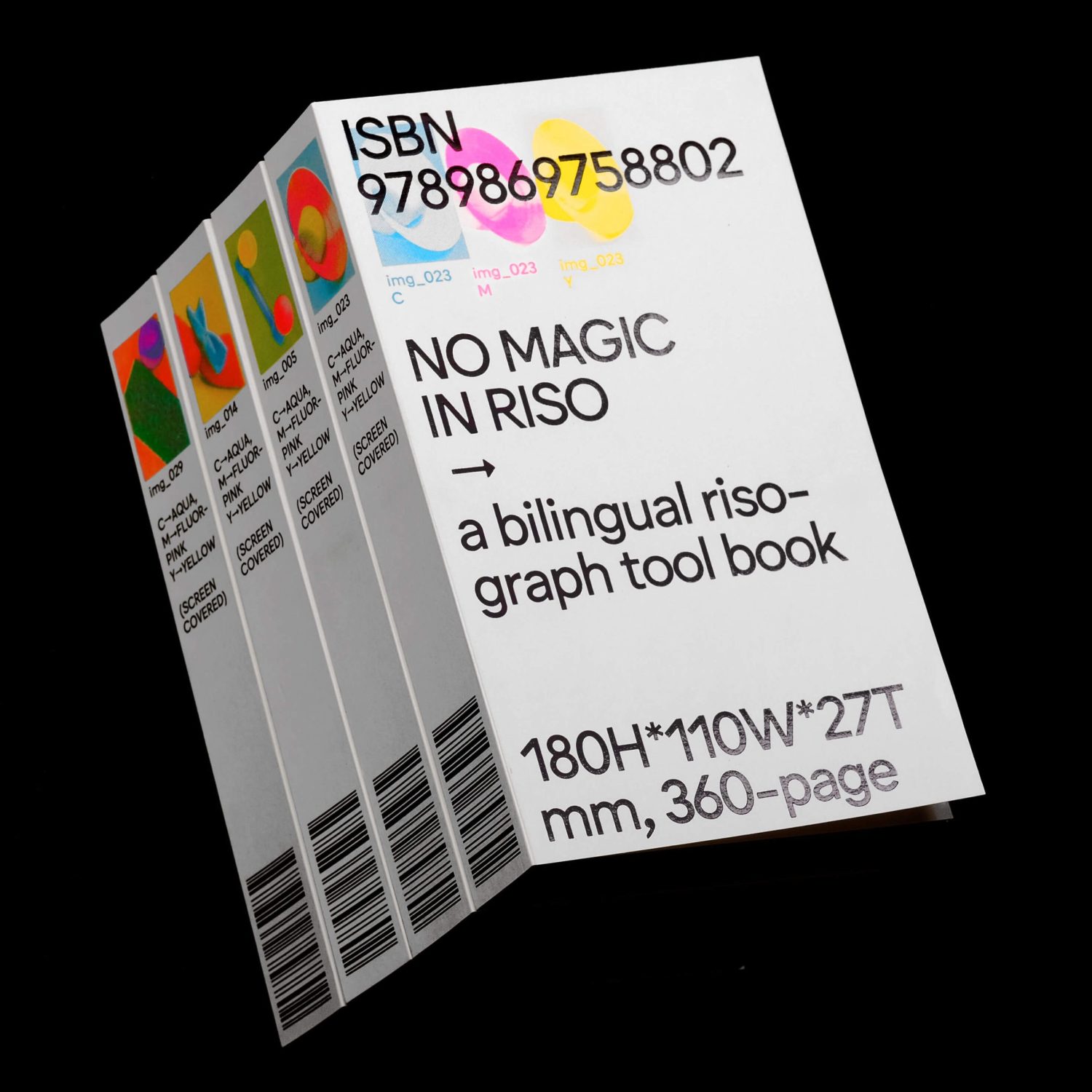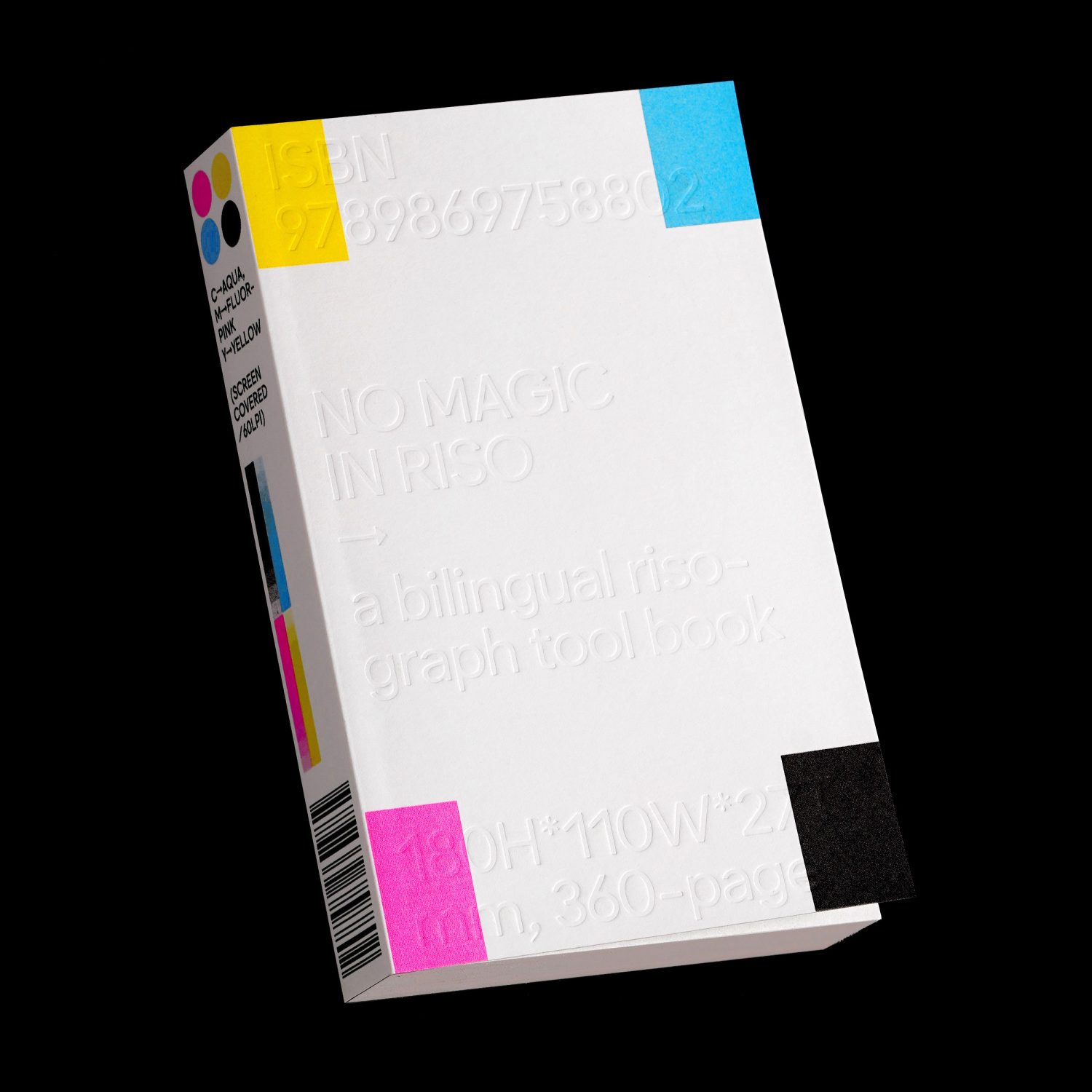PIP LU FROM O.OO STUDIO, WHOSE INTEREST IN RISOGRAPH WAS DISPLAYED AND PUBLISHED AS A BOOK WITH RISOGRAPH TECHNIQUE IN WHICH THOROUGHLY SHOWCASES THE UNIQUENESS AND ATTRACTION OF THIS PRINTING ART
TEXT: PATTIYA HARPUTPONG
PHOTO COURTESY OF O.OO STUDIO
(For Thai, press here)
NO MAGIC IN RISO
O.OO Studio
4th Edition, March 2024
180 x 110 x 27 mm
15 colors risograph printing, foil stamping
360 pages + 10 sheets of tritone color chart
ISBN 978-986-975-880-2
Pip Lu’s risograph book, ‘NO MAGIC IN RISO,’ is a unique departure from traditional design books. It’s not just a book, but an immersive journey into the world of risograph printing. Unlike most design books that rely on lengthy descriptions, Lu’s approach is refreshingly different. She allows the vibrant colors and distinctive imperfections of risograph to tell their own story.
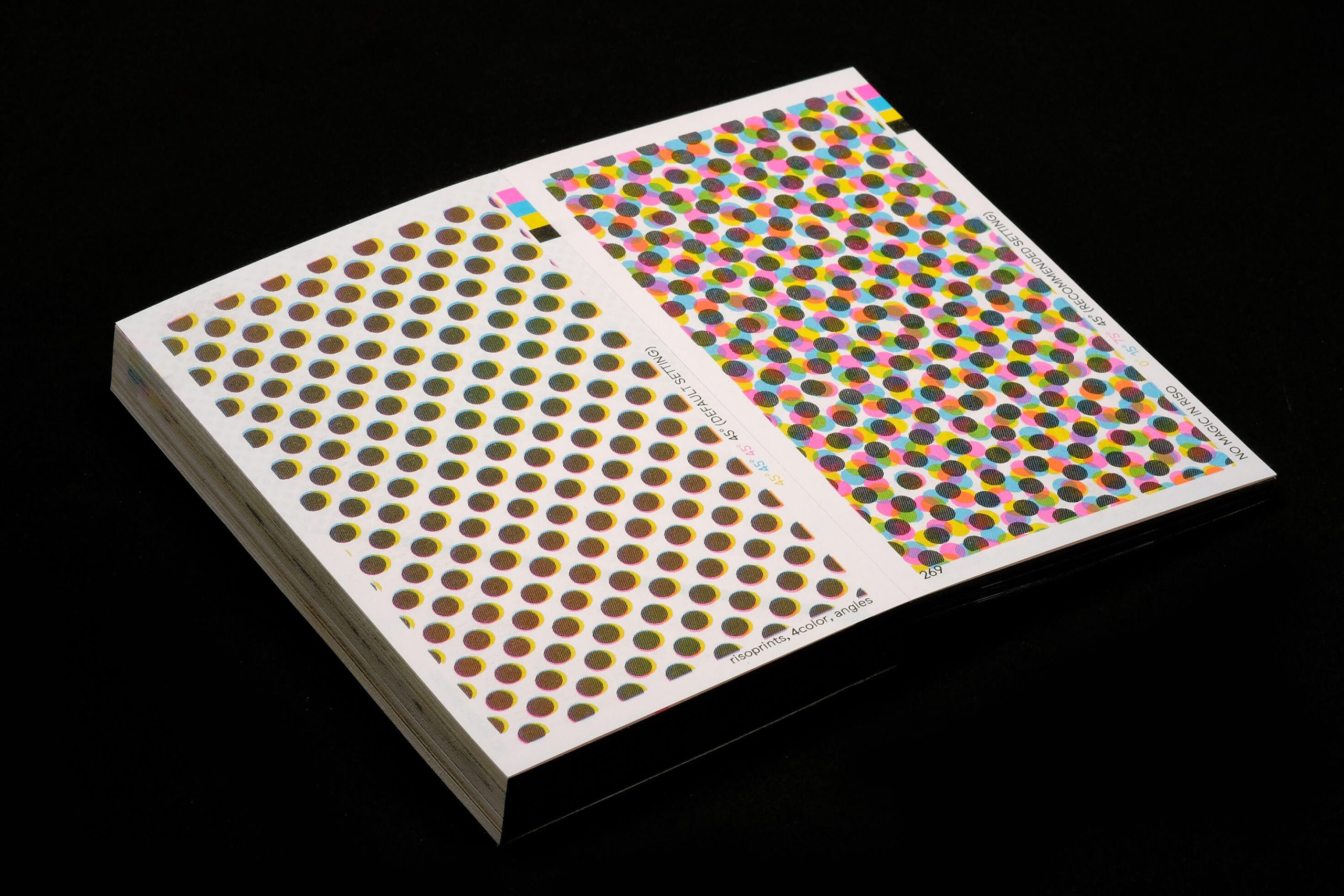

This comprehensive 384-page book is the culmination of Lu’s two-year exploration into image separation. It’s a practical guide that showcases a variety of techniques, including color separation, density control, and halftone creation. The visually appealing pages serve as a testament to the power of visual communication, as Lu manages to convey complex ideas without relying heavily on text.

There are short English and Chinese explanations, but the real beauty is in the pictures. riso’s skills are evident in the book, showcasing bright colors, layered textures, and the occasional mistake, all praised as typical of the medium.
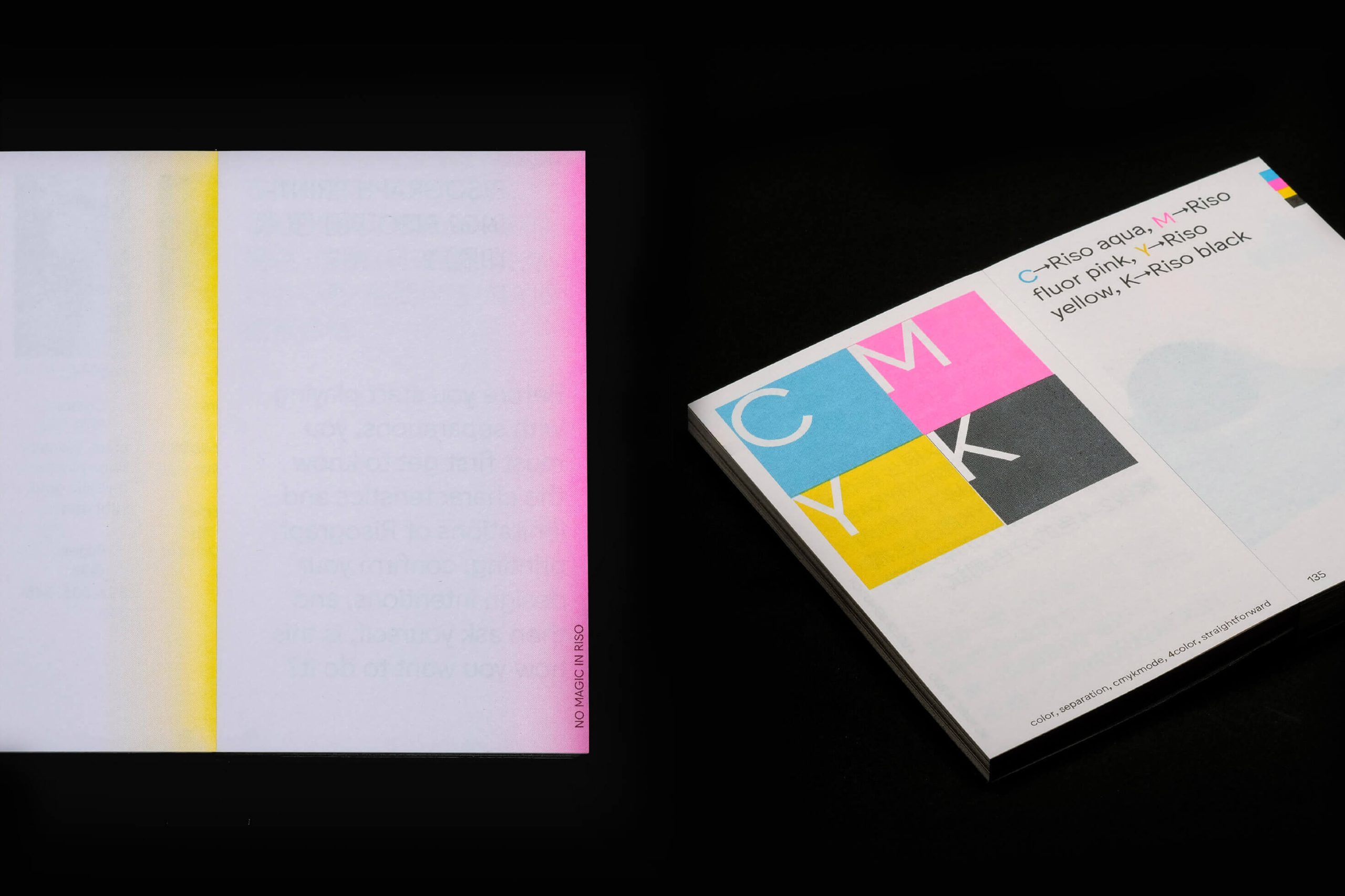


‘NO MAGIC IN RISO’ also has charms that the book doesn’t convey or communicate through a strict process or set of rules. Instead, it invites readers to try new things and explore their creative ways within the unexpected limits and opportunities that can arise during risograph printing. This book would be even more interesting and useful for designers, artists, or anyone who enjoys analog print. It is like a learning medium for visual arts that provides experience in risograph printing techniques presented in a virtual format, ready to show the marks of defects, imperfections, and uniqueness of risograph printing to reveal themselves naturally and encourage experimentation and discovery for readers. Pip Lu has created a beautiful alternative to any design book on any shelf or collection.
However, it may be difficult for someone just starting to understand printing to understand only part of the short description, as most of the text focuses on sharing ideas and trying new things. Overall, ‘NO MAGIC IN RISO’ is an interesting introduction to risograph printing that can be used by experienced artists and those just starting out with analog printing.
For those who are interested, read an interview with Pip Lu here
‘No Magic in Riso’ is available at shop.odotoo.com




